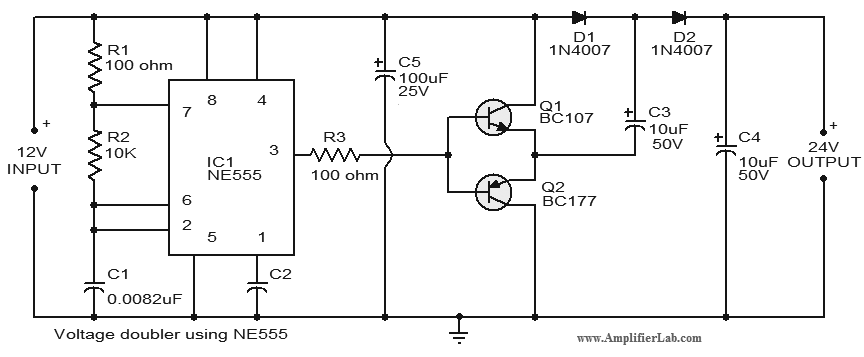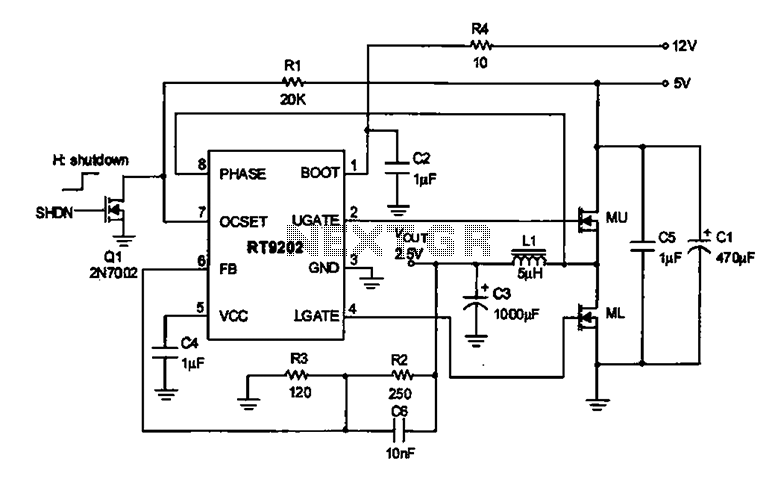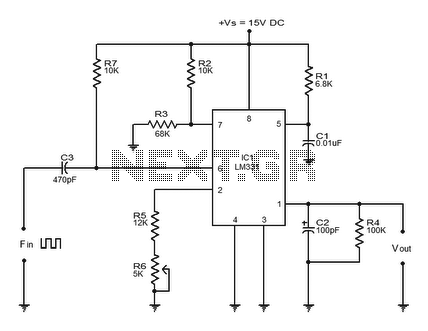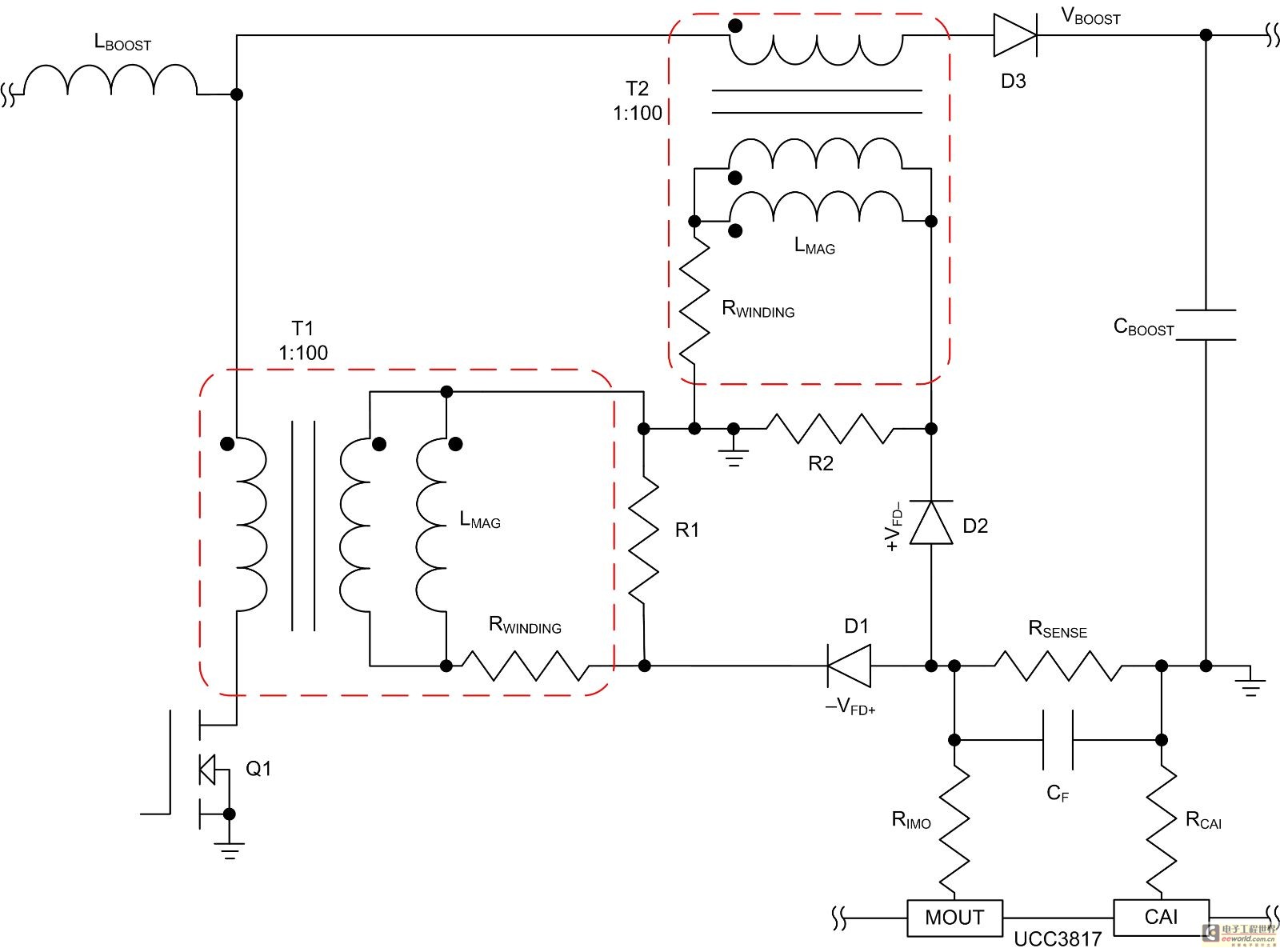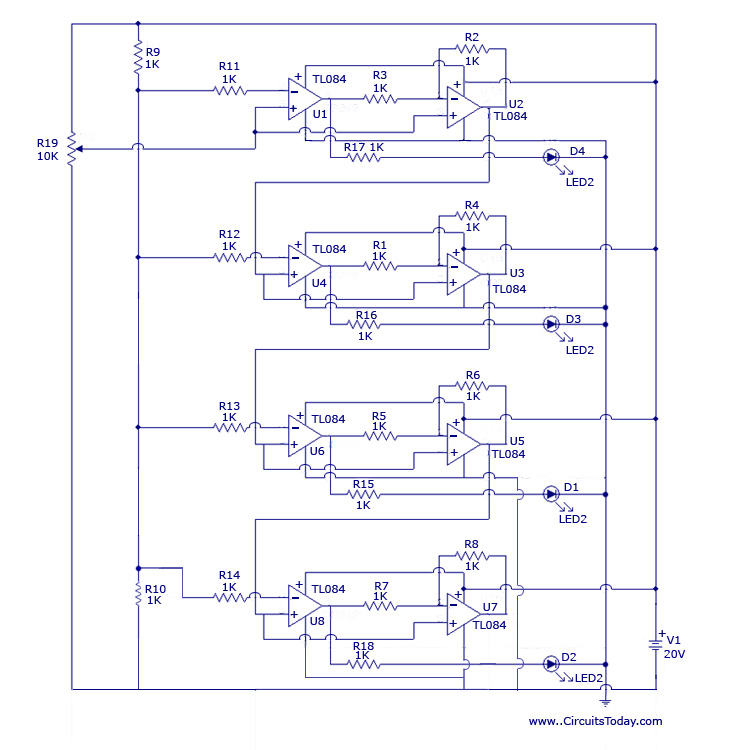
Anderson Powerpole Polarity and Voltage Tester
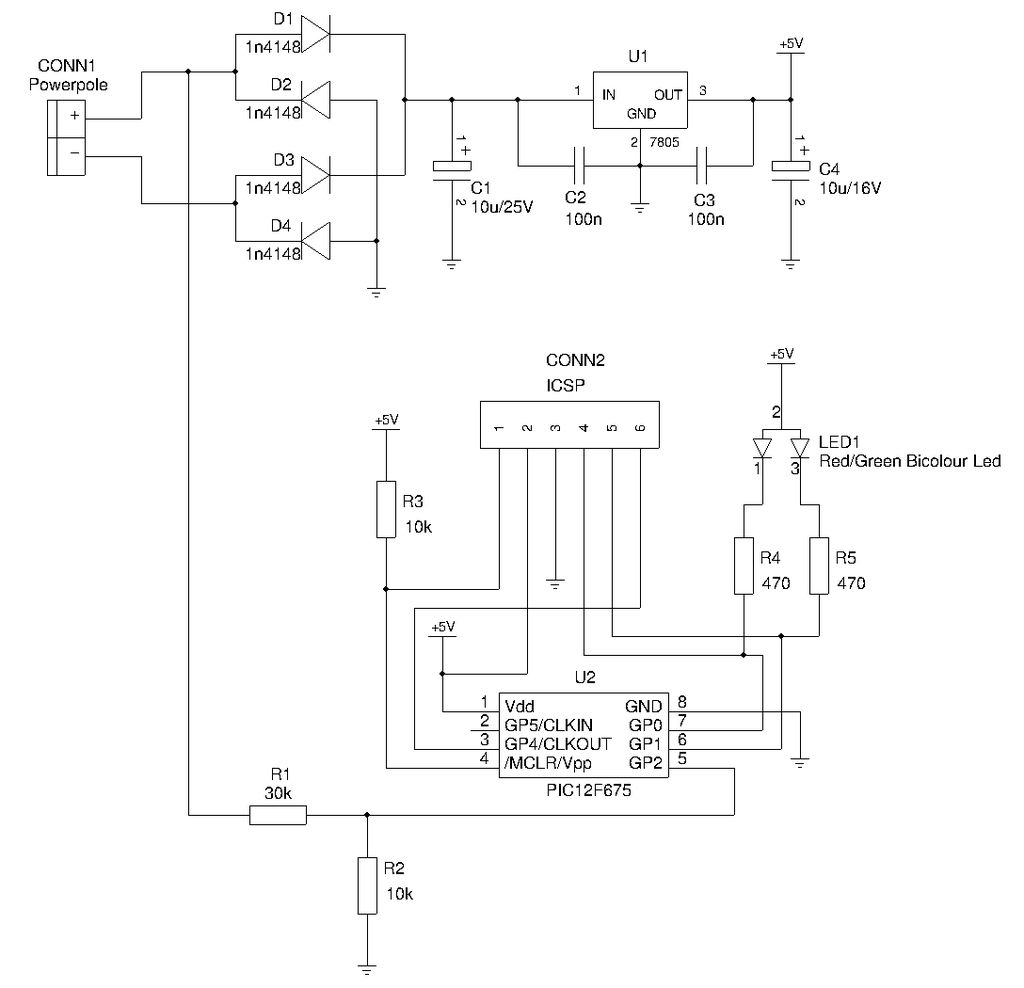
This is a compact device designed for amateur radio (HAM) enthusiasts, utilizing Powerpole connectors to interface HAM equipment with an unidentified power supply that also features Powerpole connectors.
The device functions as an essential accessory for HAM radio operators, facilitating seamless connections between various equipment and power sources. Powerpole connectors are favored in the amateur radio community due to their reliable performance and ease of use. The connectors ensure a secure and low-resistance connection, which is critical for maintaining stable power delivery to radio equipment.
The circuit comprises a pair of Powerpole connectors, one for the input from the power supply and another for the output to the HAM equipment. The design should ensure that the connectors are rated for the appropriate current and voltage levels to match the specifications of the connected devices.
To enhance safety and functionality, the device may incorporate additional features such as a fuse or circuit breaker to protect against overcurrent conditions. This can be achieved by including a fuse holder in-line with the power input, ensuring that if the current exceeds safe levels, the fuse will blow, thereby protecting the connected equipment.
Furthermore, the layout of the circuit board should be optimized for minimal resistance and inductance, which can be accomplished by keeping the traces short and wide, particularly for the power connections. Proper grounding techniques should also be employed to minimize noise and interference in the power supply lines.
In summary, this device serves as a practical and efficient solution for HAM amateurs, allowing them to connect their gear to various power supplies safely and reliably using Powerpole connectors.Here is a small device for HAM amateurs, how using powerpole connectors to connect ham gear to unknown power supply with powerpole connector. But you.. 🔗 External reference
The device functions as an essential accessory for HAM radio operators, facilitating seamless connections between various equipment and power sources. Powerpole connectors are favored in the amateur radio community due to their reliable performance and ease of use. The connectors ensure a secure and low-resistance connection, which is critical for maintaining stable power delivery to radio equipment.
The circuit comprises a pair of Powerpole connectors, one for the input from the power supply and another for the output to the HAM equipment. The design should ensure that the connectors are rated for the appropriate current and voltage levels to match the specifications of the connected devices.
To enhance safety and functionality, the device may incorporate additional features such as a fuse or circuit breaker to protect against overcurrent conditions. This can be achieved by including a fuse holder in-line with the power input, ensuring that if the current exceeds safe levels, the fuse will blow, thereby protecting the connected equipment.
Furthermore, the layout of the circuit board should be optimized for minimal resistance and inductance, which can be accomplished by keeping the traces short and wide, particularly for the power connections. Proper grounding techniques should also be employed to minimize noise and interference in the power supply lines.
In summary, this device serves as a practical and efficient solution for HAM amateurs, allowing them to connect their gear to various power supplies safely and reliably using Powerpole connectors.Here is a small device for HAM amateurs, how using powerpole connectors to connect ham gear to unknown power supply with powerpole connector. But you.. 🔗 External reference
